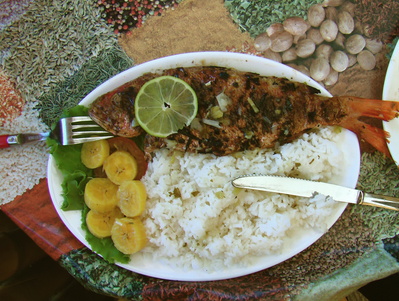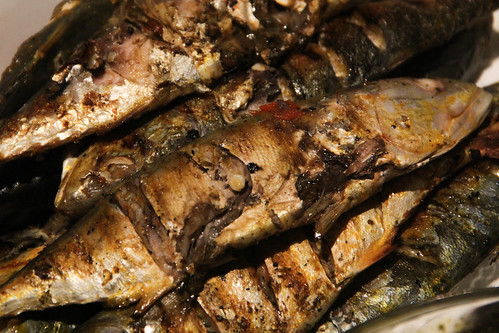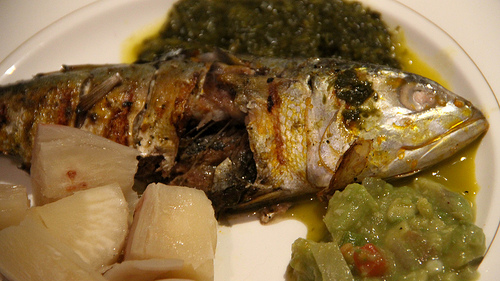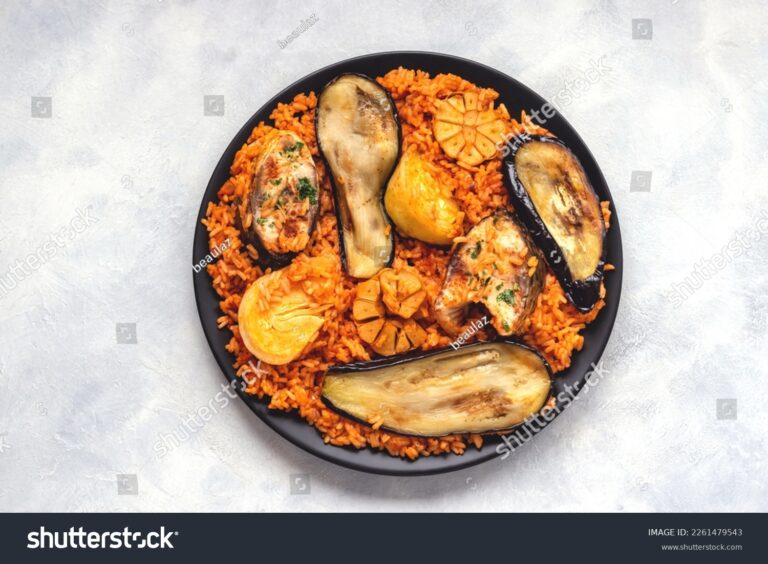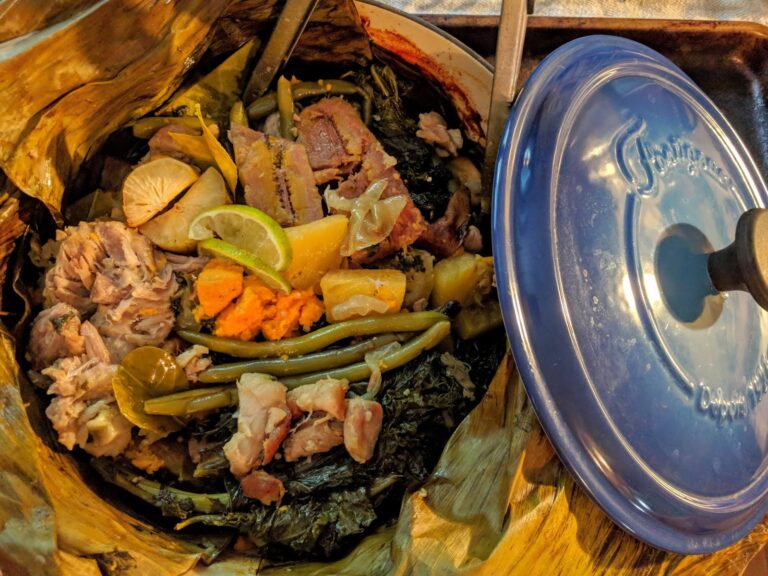Introduction: Traditional Breakfast in Equatorial Guinea
Equatorial Guinea is a small country located in Central Africa that boasts a unique culinary culture. The country has a diversity of traditional dishes, each enriched with a blend of local and foreign influences. Breakfast is the most important meal of the day in Equatorial Guinea, and traditional breakfast options vary depending on the region.
Overview of Equatorial Guinea’s Cuisine
Equatorial Guinea’s cuisine is a reflection of its history and geography. The country’s food culture is greatly influenced by its location, where it shares the Atlantic coastline with its West African neighbors and is surrounded by dense tropical forests. The cuisine is a blend of Afro-Portuguese and Spanish influences, with a mix of seafood, meat, and vegetables. The staple food in Equatorial Guinea is cassava, which is eaten in different forms such as boiled, mashed, or fried. Other popular ingredients in the country’s cuisine include plantains, yams, beans, and rice.
Traditional Breakfasts in Coastal Regions
In the coastal regions of Equatorial Guinea, seafood is an essential part of breakfast. The traditional breakfast meal is a dish called Njama Njama, which is a stew made with fish, crab, or prawns, and served with boiled plantains or yam. In addition to Njama Njama, another popular breakfast option is Pabana, a dish made with mashed plantains, fish, and tomatoes.
Traditional Breakfasts in Inland Regions
In the inland regions of Equatorial Guinea, breakfast options vary based on the availability of ingredients. A popular traditional breakfast dish is Sanga, which is a porridge made with cassava flour and water. The dish is often mixed with other ingredients such as peanuts or beans for added flavor. Another popular breakfast is Atanga, which is a stew made with dried meat, fish, or vegetables.
Ingredients and Preparation Techniques
The traditional breakfast dishes in Equatorial Guinea are prepared using simple cooking techniques and locally-sourced ingredients. The use of smoked or dried ingredients is common in many dishes to preserve them for longer periods. Most of the dishes are cooked in a pot or pan over firewood or charcoal, giving them a distinct smoky flavor.
Health Benefits of Traditional Breakfasts
The traditional breakfasts in Equatorial Guinea are rich in nutrients and offer several health benefits. Most of the dishes are high in protein and fiber, which helps to improve digestion and keep one full for longer. The use of fresh ingredients such as vegetables, fruits, and fish also ensures that the breakfast meals are packed with essential vitamins and minerals.
Contemporary Breakfast Options
With the influx of foreign influences, contemporary breakfast options have become popular in Equatorial Guinea. Many cafes and restaurants now offer a range of international breakfast options such as pancakes, waffles, and omelets. However, traditional breakfast dishes remain an essential part of the country’s culinary culture and are still enjoyed by many.
Conclusion: Exploring Equatorial Guinea’s Breakfast Culture
The traditional breakfast dishes in Equatorial Guinea offer a unique culinary experience that reflects the country’s history and geography. From coastal seafood stews to inland cassava-based porridges, the breakfast options vary greatly depending on the region. The use of fresh ingredients and simple cooking techniques ensures that the traditional breakfast dishes are not only delicious but also packed with essential nutrients. To fully experience the country’s breakfast culture, visitors should sample the traditional breakfast dishes and explore the local markets to discover the ingredients used in these dishes.




